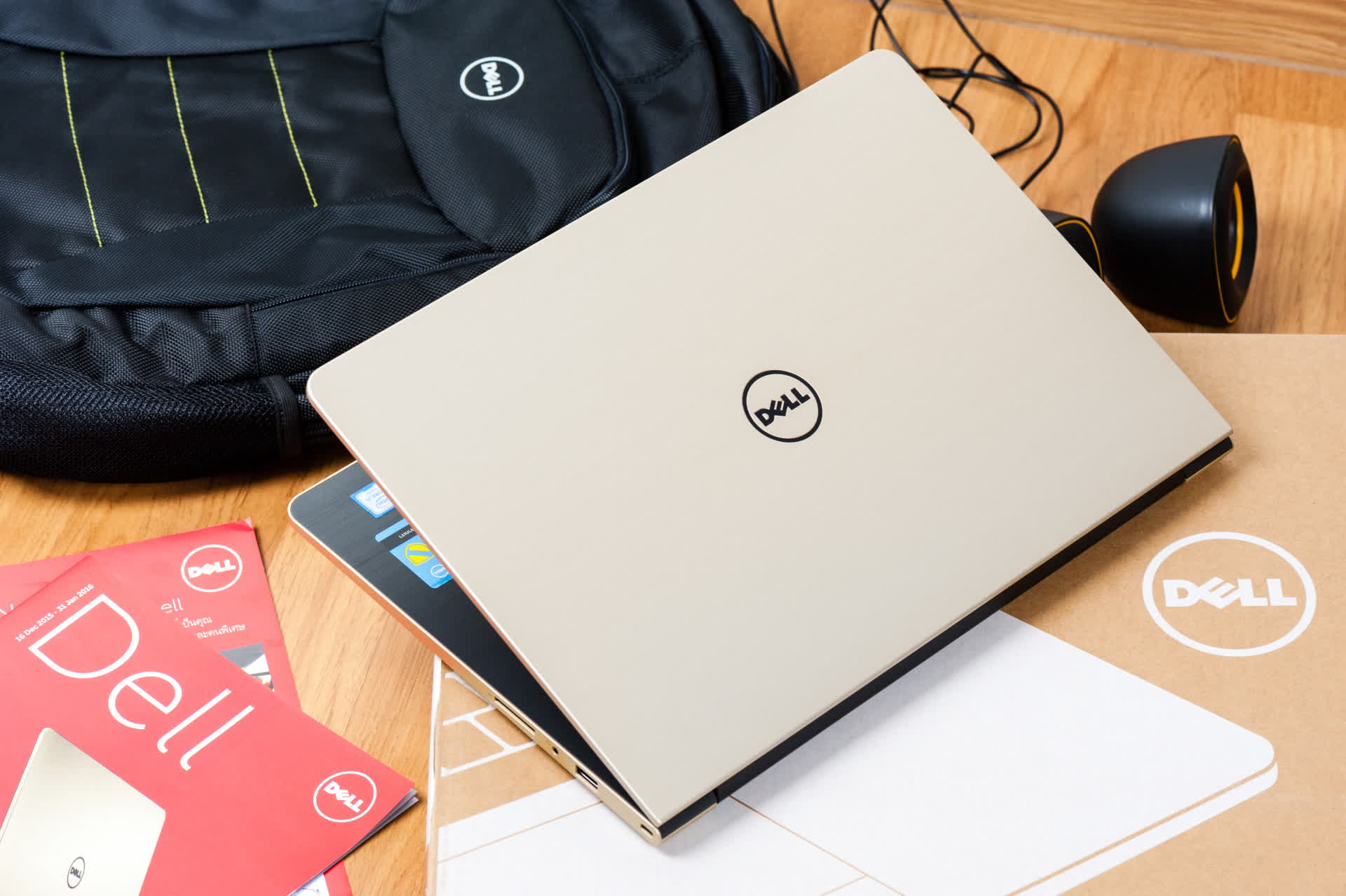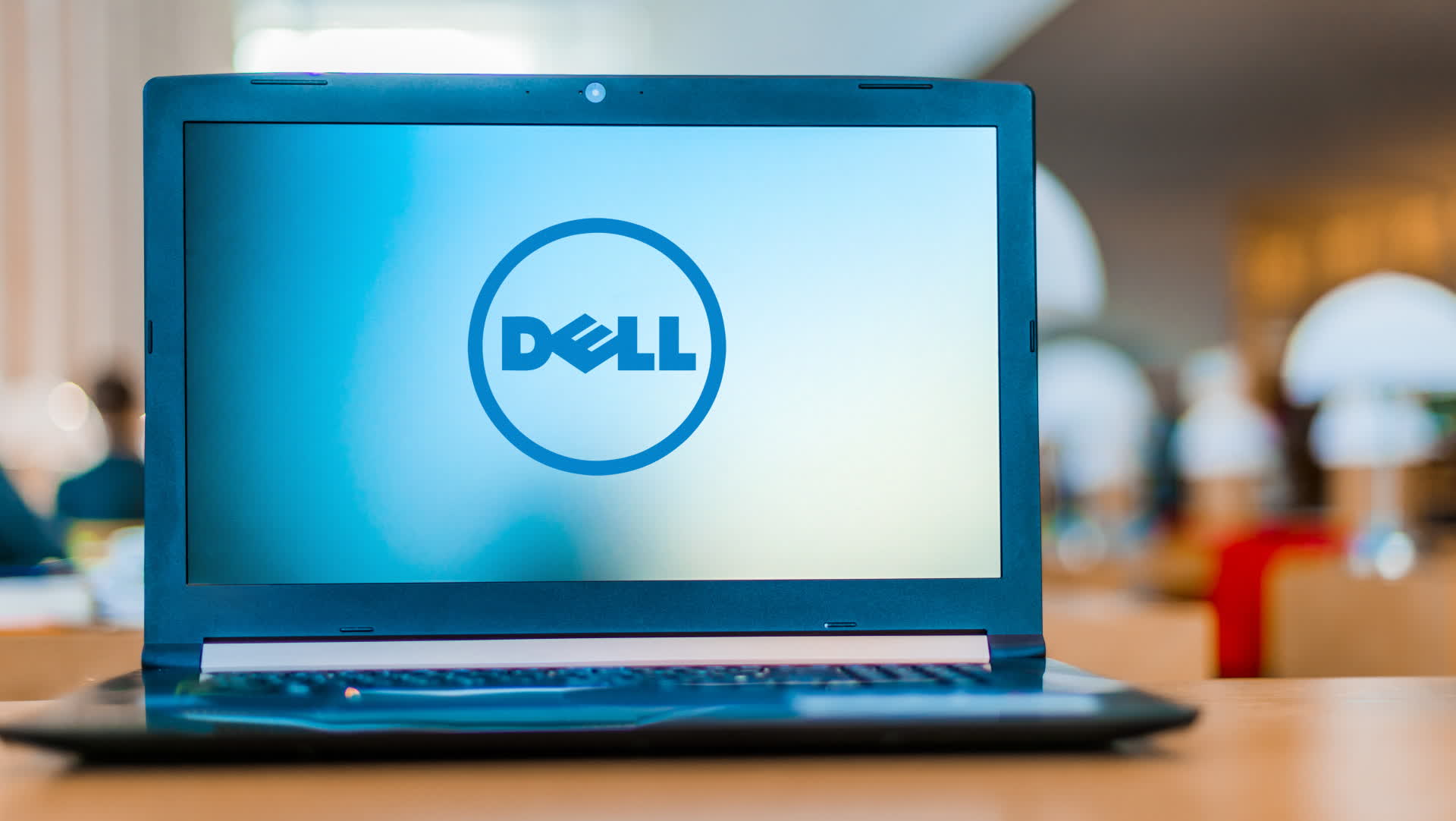What just happened? If you thought your aging Dell laptop was safe from modern malware or hacking exploits, think again. Dell has just released a retroactive, high-priority software patch for hundreds of its machines, some of which have initial releases dating back to 2009.
The patch addresses an "insufficient access control vulnerability" present in the dbutil_2_3.sys driver, which can be found on Windows-equipped Dell systems with user-installed firmware update packages. Not all Dell machines are affected, but many are; 380, to be precise.
Impacted machines range from Dell's Latitude line-up to its Inspirons and even its G-series gaming notebooks. The vulnerability would allow someone with access to the machine (which could be obtained through malware) to escalate privileges and obtain kernel-level permissions.
You can find a full list of affected machines on Dell's website – it's too expansive for us to list here. If one of your machines is on that list, your first priority should be to remove the offending driver from your system.

There are three primary ways to do this. First, you can download and run the DSA-2021-088 utility, which will automate the process for you – we'd recommend this for most people. Alternatively, you can check the C:\Users\
The final method involves using one of Dell's notification solutions (such as Dell Command, Dell Update, or Dell SupportAssist) to automatically apply the patch. This is the most convenient option (and the one that requires the least technical knowledge), but Dell's notification solutions won't support the DSA-2021-088 utility until May 10, 2021.
Once you've removed the vulnerable driver, update your device's firmware at your earliest convenience to get a "remediated" version of the file. Dell's notification solutions will work for this as well.
And that's just about it! If you've removed the driver and subsequently updated your device, you should be good to go. Hopefully, most people patch their machines before too much damage can be done.
Image credit: Monitcello, Nor Gal
